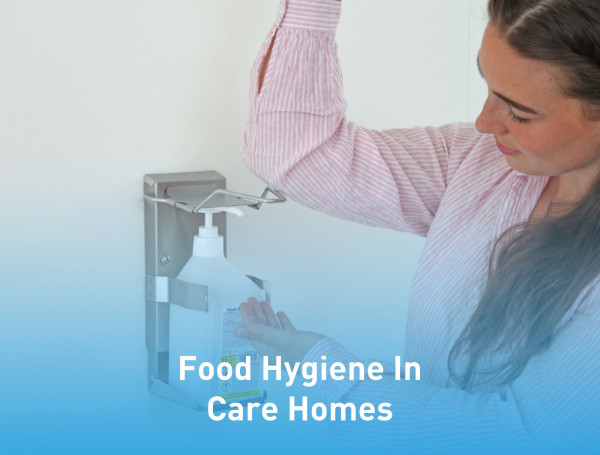Many care homes have meal preparation and serving routines in their day to day schedules. When food is being prepared, it is vital that food safety procedures, including food hygiene practices, are followed. Not only should a kitchen layout be assessed in these environments for safety purposes, but also the equipment inside the kitchen, to ensure all is safe for kitchen staff and care home residents.
Elderly and vulnerable residents can be more at risk of picking up illness, so it’s vital to always be monitoring food safety and to reach for the highest level of hygiene in care homes. To eliminate any risk of contracting illnesses from food poisoning or equivalent, we’ve put together a list of areas to focus on for optimum food hygiene.
Food Standards Agency guidance
The Food Standards Agency (FSA) is the independent government department working to protect public health and consumers’ wider interests in relation to food in England, Wales and Northern Ireland. The FSA’s role does not just cover food safety, but also other consumer interests in food, which include price, availability, and some aspects of food production standards such as environmental concerns. Their website has a ton of information and ways to improve kitchen conditions and maintain good food hygiene standards!
Care homes must have food safety plans in place, including what happens before you start working with food, such as hand hygiene, to working with the food itself in the preparation and distribution of meals to residents. Here at Hupfer, we have a range of handwashing products as well as equipment to assist in the preparation and transport of food. See our catering equipment.
Food storage and preparation
As older people are more likely to suffer from cases of food poisoning, it’s important to follow the instructions given on food labels and only serve food which has been stored and prepared in the correct manner. Ensure food is not used past its use-by date and that chilled foods are kept below 5 degrees at all times. With these checks in place, vulnerable residents will be better protected from bacteria that could cause illness.
Handling and transportation
When dealing with hot and cold food, handling and transportation needs to be considered to ensure food is not only safe for consumption but is also kept at a high quality from kitchen to plate. It’s important to follow the correct procedures to prevent the growth of bacteria or serving food that isn’t at its best quality. You can find more information on the FSA website.
Hot holding or temperature controlling products are equally as important. Our food transport solutions, in particular, our ISOBOX trolleys, bring ideal serving temperatures and user-friendly designs to a care home setting. Food transport trolleys are the solution for anywhere where a tray system is not practicable. Ensure all surfaces and appliances are cleaned frequently to prevent the spread of bacteria or cross-contamination.
Mini Kitchens
In many care home settings, there may be smaller, ‘mini’ kitchens in addition to a main kitchen, which needs to be kept just as clean to maintain good food hygiene in preparation areas. Your regular cleaning/hygiene schedule should also include these kitchens, as well as catering and transport equipment too.
Put the right procedures into place to protect care home residents
if you’re looking for kitchen equipment perfectly suited to care home settings, get in touch with us for advice and recommendations. We’re always happy to help!

